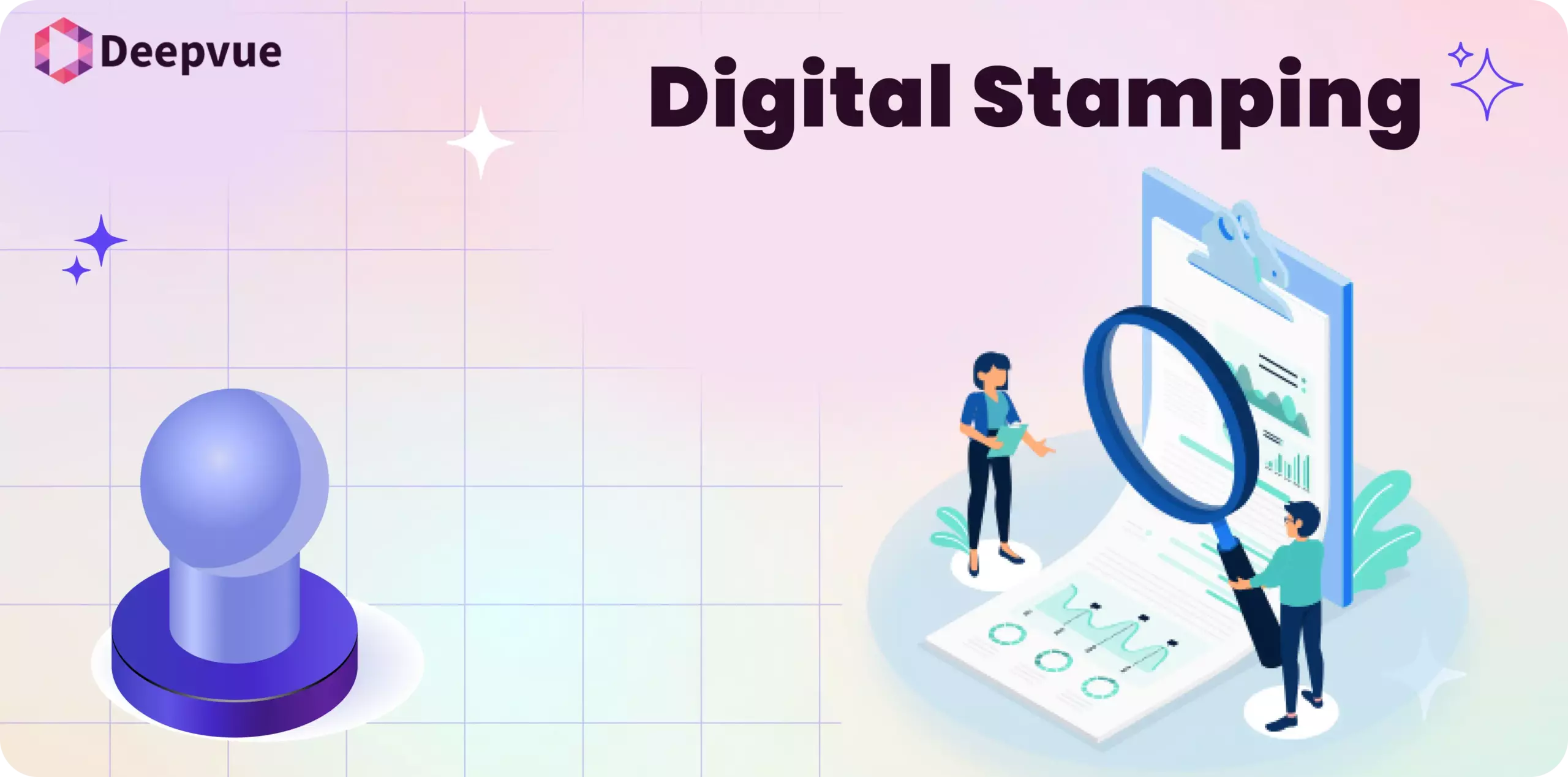The financial sector is an extensive nexus of processes, players, and platforms. One essential element that has been prominent during recent years is Loan Service Providers (LSPs). In current times, LSPs have come out to represent indispensable middlemen as far as linking lenders with borrowers is concerned.
LSPs are changing the lending world with technology-driven access that has made borrowing easier, more accessible, and much more efficient for consumers. This includes, among other benefits, the simplification of complex loan processes and compliance with regulatory frameworks to ensure value to all constituents in the financial chain.
What is a Loan Service Provider (LSP)?
An LSP acts as an intermediary, connecting the gap between the borrowers and lenders and furthering the lending process. A set of services can include lead generation, credit evaluation, loan application processing, and post-disbursement services, among others. The LSPs mainly associate themselves with banks, NBFCs, and digital lending platforms in the execution of the job.
Key Functions of an LSP
- Borrower Onboarding: Facilitate a smooth and seamless way of availing loans to the borrower.
- Credit Assessment: Support lenders in assessing the creditworthiness of applicants by using sophisticated algorithms and data analytics.
- Loan Disbursal Services: Ensure disbursal processes with lenders from lending companies are offered for timely paybacks.
- Post-Loan Services: Handling repayment, customer support, and grievance redressal.
Types of Loan Service Providers
- Traditional LSPs: These include physical agencies and brokers who work offline to connect borrowers with lenders.
- Digital LSPs: These operate through mobile apps and websites, leveraging technology to offer end-to-end loan services.
Regulatory Framework for LSPs
LSPs operate under strict directives issued by financial regulators, which protect the borrowers as well as ensure transparency. Important regulations are:
- Disclosure Requirements: LSPs should disclose all loan terms, fees, and charges upfront. Borrowers must be clearly informed of the repayment schedules, interest rates, and any costs involved prior to availing of a loan.
- Data Privacy: The borrower’s information must be kept confidential by following best practices for data security and data protection laws, such as GDPR and other local frameworks. All sensitive information should be confined and encrypted while transferring through communication channels.
- Fair Practices Code: Compliance with ethical practices related to loan servicing and collection. This means that the borrowers are not harassed for collections on repayment and transparency is maintained in communication.
- Collaboration with Regulated Entities: LSPs should collaborate with regulated entities, such as banks and NBFCs, as empowered by the regulatory body. Unauthorized lending can result in punitive measures and loss of goodwill.
Benefits of Using an LSP
For Borrowers:
- Quick and Hassle-Free Loan Processing: LSPs provide a user-friendly platform that reduces the paperwork involved and simplifies the loan application process.
- Access to Multiple Lenders: Borrowers can compare offers from various lenders and make sure they get the best possible deal.
- Personalized Loan Recommendations: LSP can recommend loan products that best fit the individual’s needs, for example, personal loans, home loans, or business loans, based on the analysis of borrower data.
- Financial Education: Certain LSPs provide guides on understanding loan terms, improve borrower credit scores, and aid in planning one’s finances.
For Lenders:
- Reduced Customer Acquisition Costs: LSPs handle marketing, lead generation, and borrower onboarding thereby saving lenders time and money.
- Improved Credit Assessment Accuracy: By using advanced data analytics and alternative credit scoring methods, LSPs enhance the accuracy of risk assessment.
- Enhanced Borrower Experience: A seamless application and disbursement process increases borrower satisfaction and retention rates.
- Scalable Solutions: LSPs allow lenders to expand their reach to new markets and customer segments without investing heavily in infrastructure.
Conclusion
The loan service providers play the most significant role in providing convenience, efficiency, and access for borrowers and lenders. These players form the backbone of lending by making use of technology and regulatory frameworks that are transparent and secure for both lenders and borrowers. The processes get streamlined and the user experiences enhanced so that people can borrow money whenever needed and lenders reach more people without compromising compliance or risk.
FAQ:
How do LSPs support small businesses and startups?
LSPs provide customized loans such as working capital and machinery finance, that collaborate with lenders for rapid fund acquisition for startups involving minimal paperwork, thereby helping them grow more rapidly.
How do I apply for a loan through an LSP?
You can apply online at the website of an LSP, with basic financial information, business details, and other necessary documents. It is usually quicker than traditional banks and does not require much paperwork.






